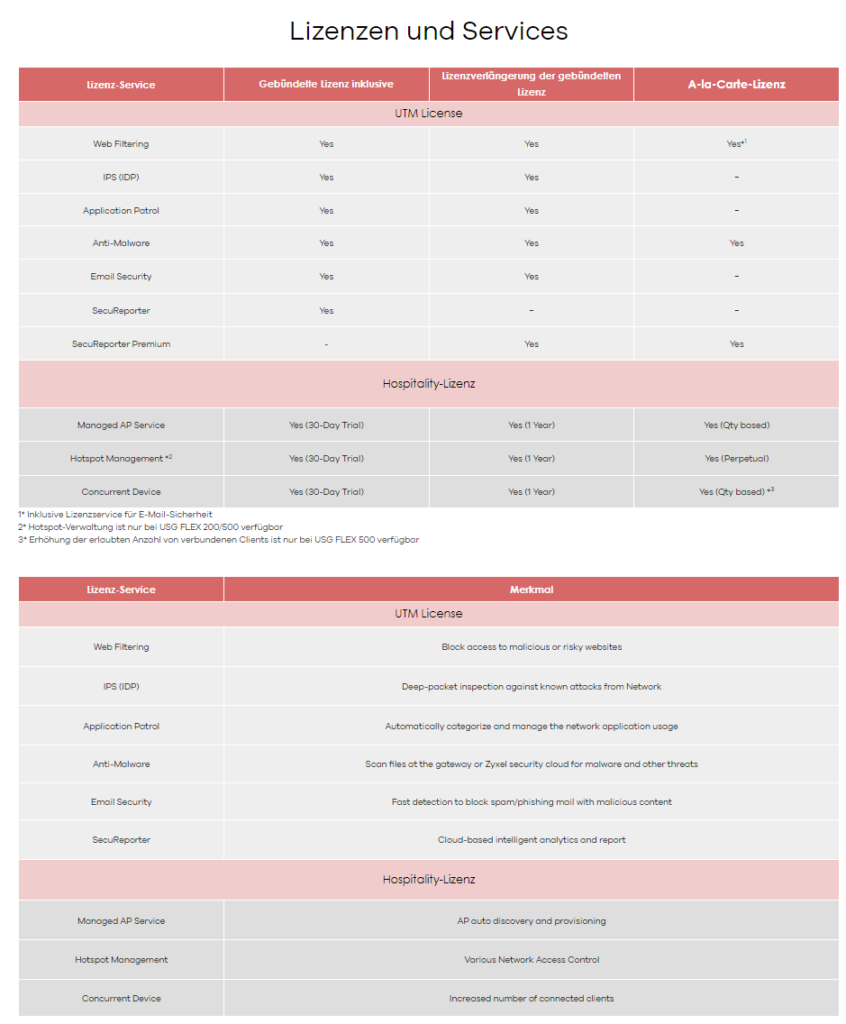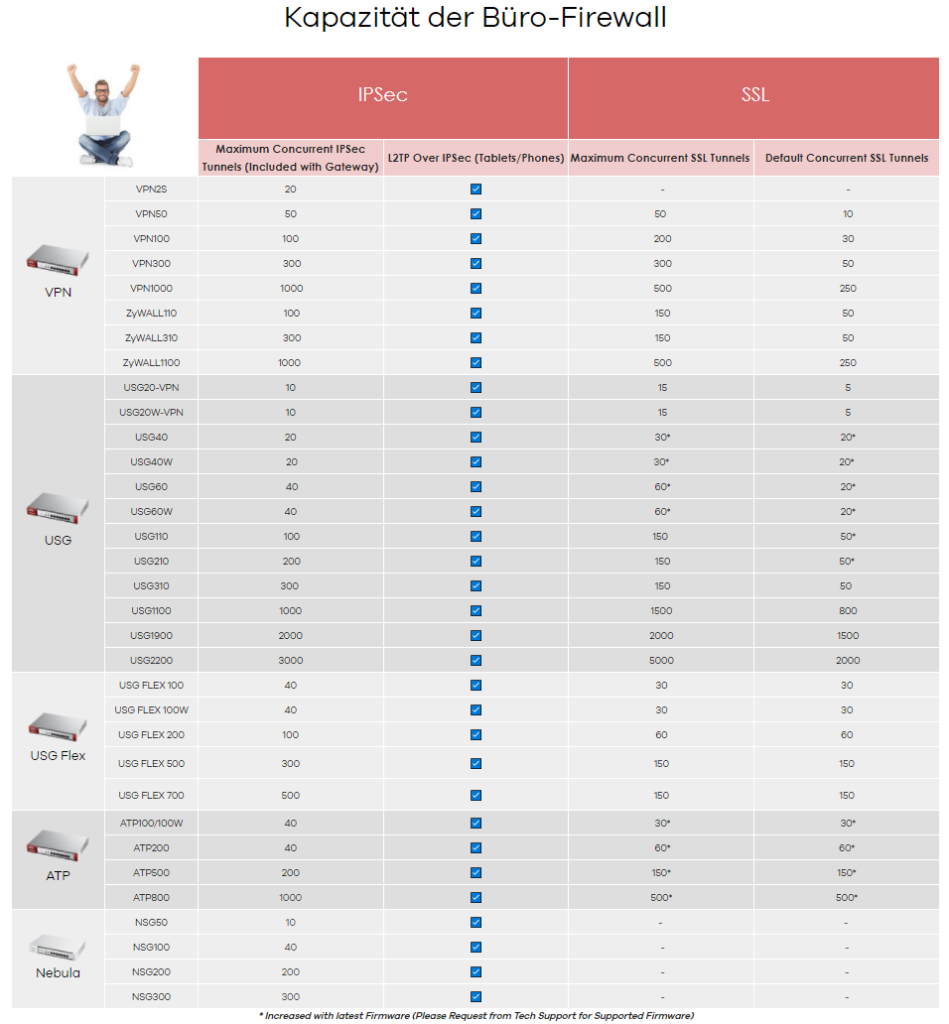Quelle: LINK









Quelle: Link
SUMMARY
This article provides the compatibility matrix for Windows 10 and MAC operating systems of Trend Micro Worry-Free Business Security (WFBS) and Worry-Free Business Security Services (WFBS-SVC).
This article will be updated as soon as new information has been provided.DETAILSNote that these are the minimum versions of the products to officially add support; however, customers are encouraged to visit the Download Center to make sure they have the latest version available or visit the Online Help Center for more information.
Quelle: Link
By

Microsoft 365Published Aug 27 2021 09:00 AM 2,369 ViewsSkip to footer content
We are quickly approaching the November 1st deadline when the minimum version requirements for connecting Outlook for Windows to Office 365/Microsoft 365 services will change. So, we thought we’d share more information on why we’re doing that.
After November 1, 2021, only Outlook 2013 Service Pack 1 (with latest fixes) and later will be able to connect to Microsoft 365 services. It’s worth noting here that Outlook 2007, 2010, and Office 2013 versions earlier than 15.0.4971.1000 aren’t supported now, but we know some customers just can’t quit them.
Since our Message Center post last fall, we’ve seen a drop in the usage of the unsupported versions of Outlook for Windows – great job! If you’re still running older versions, please start working on a plan to move by November 1st.
Our Customer Support team is actively reaching out to tenants that have the most usage on Outlook 2007 and 2010 to help them meet the deadline. If you have questions or concerns about getting all users off these unsupported builds, please reach out to your support teams.
Older versions of Outlook such as Outlook 2007 and 2010 are incompatible with the following upcoming service changes, which is prompting this controlled block:
It can be a challenge to stay current, but there are many reasons why staying current is a good idea:
Quelle: Link
August 19, 2021
By Jared Spataro, Corporate Vice President for Microsoft 365Share
Today we are announcing changes to our commercial pricing for Microsoft 365—the first substantive pricing update since we launched Office 365 a decade ago. This updated pricing reflects the increased value we have delivered to our customers over the past 10 years. Let’s take a look at some of the innovations we’ve delivered over the past decade in three key areas—communications and collaboration, security and compliance, and AI and automation—as well as the addition of audio conferencing capabilities that we’re announcing today.
Since its launch a decade ago, Office 365 has grown to over 300 million commercial paid seats. Along the way, we have continuously re-invested to meet the changing needs of our customers. Four years ago, we introduced Microsoft 365 to bring together the best of Office, Windows, and Enterprise Mobility and Security (EMS). That same year we added Microsoft Teams as the only integrated solution where you can meet, chat, call, collaborate, and automate business processes—right in the flow of work.
In fact, since introducing Microsoft 365 we have added 24 apps1 to the suites—Microsoft Teams, Power Apps, Power BI, Power Automate, Stream, Planner, Visio, OneDrive, Yammer, and Whiteboard—and have released over 1,400 new features and capabilities in three key areas.
1. Communication and collaboration. Microsoft Teams is the new front end across work, life, and learning for more than 250 million monthly active users. We launched Teams in 2017 as the only integrated solution where you can meet, chat, call, collaborate, and automate business processes—with the power of the Office apps—all within the flow of work. In 2020 alone we released over 300 new capabilities including Together mode, background effects, large gallery view, raise hand, live reactions, breakout rooms, live captions with speaker attribution, and Fluid components, just to name a few.
We introduced a new category of collaborative applications in Teams, empowering people and organizations for hybrid work through deep integrations with Power Platform, Whiteboard, Lists, Planner, Shifts, Forms, and SharePoint. Companies like Adobe, Atlassian, Salesforce, SAP, ServiceNow, and Workday have built apps that deeply integrate with Teams, bringing business processes and functions directly into the flow of work.
We continue to innovate on both real-time and asynchronous collaboration. We introduced real-time collaboration in Word, Excel, and PowerPoint desktop apps while a growing set of capabilities like @mentions, assign tasks, modern comments, and auto-save have streamlined the collaboration experience. We’ve added and expanded OneDrive cloud storage and the Exchange Online mailboxes.
2. Security and compliance. The cybersecurity landscape is more complex than ever. With the accelerating volume, sophistication, and scale of cyberattacks, security and compliance are a priority for every organization. Since we first introduced Microsoft 365, we have added new attack surface reduction capabilities to help organizations defend against ransomware and other threats. We have added capabilities like data loss prevention (DLP) for email and documents, sensitivity labels, and message encryption to help keep important data within the organization. And we have added powerful compliance capabilities that help organizations reduce risk and respond to increasing regulatory requirements such as Content Search, eDiscovery, and core Litigation Hold. Built-in mobile device management (MDM) and other management tools like Microsoft Endpoint Manager help admins support remote and hybrid workforces.
3. AI and automation. Over the past decade, we have infused AI capabilities across our productivity and collaboration applications to help everyone achieve more. Across Microsoft 365, we have introduced AI-powered innovations to help users be better writers, designers, and presenters. Cloud-powered AI now automatically creates maps, charts, and tables in Excel, and sorts email and removes clutter in Outlook. And AI-powered real-time translation, captions, and transcription make collaboration and communication more accessible and engaging for everyone.
And today, we are announcing that we will add unlimited dial-in capabilities for Microsoft Teams meetings across our enterprise, business, frontline, and government suites over the next few months. Even as cloud connectivity increases, we know that people join Teams meetings while they are on the go or struggling with a bad internet connection. Currently included with Microsoft 365 E5 and Office 365 E5, we have come to see dial-in as an important part of the complete Teams experience. Available with subscription in over 70 countries and with interactive support in 44 languages and dialects, unlimited dial-in provides peace of mind that users will be able to join their Microsoft Teams meeting from virtually any device regardless of location.
The pricing changes we are announcing today will go into effect in six months. On March 1, 2022, we will update our list pricing for the following commercial products: Microsoft 365 Business Basic (from $5 to $6 per user), Microsoft 365 Business Premium (from $20 to $22), Office 365 E1 (from $8 to $10), Office 365 E3 (from $20 to $23), Office 365 E5 (from $35 to $38), and Microsoft 365 E3 (from $32 to $36). These increases will apply globally with local market adjustments for certain regions. There are no changes to pricing for education and consumer products at this time.
As leaders around the world look to empower their people for a more flexible, hybrid world of work, it’s clear that every organization will need a new operating model across people, places, and processes. We’re committed to building on the value we’ve delivered over the past decade to continuously provide innovation that helps our customers succeed and thrive today and well into the future.
1At launch in June 2011, Office 365 included Word, Excel, PowerPoint, Outlook, Lync, Exchange, and InfoPath. We’ve since expanded to add other apps – in whole or in part – and entirely new capabilities including: Access, Bookings, Delve, Forms, GroupMe, Kaizala, Lens, Lists, OneDrive, OneNote Class Notebook, Planner, Power Apps, Power Automate, Power BI, Publisher, SharePoint, Staff Hub, Stream, Sway, Teams, To-Do, Visio, Whiteboard, and Yammer.
https://info.arcserve.com/arcserve-udp-community-edition
Today’s business environment is challenging and confusing. Protecting your data shouldn’t be. That’s why Arcserve is offering UDP Community Edition – for FREE.
With UDP Community Edition, you gain access to Premium Edition* capabilities of UDP and can protect an unlimited number of workloads – up to 1 TB total.
Back up data from almost any source—Windows or Linux machines, virtual machines (VMware or Hyper-V), cloud instances, NAS, Microsoft Office 365, Exchange and SharePoint (online or on-premises)—with one unified data protection solution.
Pay nothing, get a lot
Download the software and start protecting your data today. UDP Community Edition gives you almost all the capabilities of our Premium Edition* for free. Here are just some of the benefits of this powerful unified data protection software:
Unlike competitive systems that require you to download multiple programs to protect different types of workloads—one program for virtual machines, another for Microsoft Office 365 data, another for NAS data, another for AWS data, another for Azure—or limit the number of workloads you can protect for free, UDP Community Edition empowers you do it all with one tool – with up to 1 TB of data protected on-premises for free.
Safeguard cloud, virtual, physical, hyperconverged, and SaaS-based workloads with block-level, infinite incremental backups and agentless backup for VMware and Hyper-V. Safeguard data in-flight and at rest with built-in AES/SSL encryption, and ensure security with role-based administration.
Recover faster with instant VM and bare metal recovery (BMR), local and remote virtual standby, application-consistent backup and granular restore, and hardware snapshot support.
Quickly deploy and orchestrate all capabilities with one web-based UI and policy-based management. Automated DR testing and SLA reporting keeps stakeholders informed.
*UDP Community Edition does not include full tape Arcserve Backup support available in the full Premium Edition.
Starting from March 29, 2021, all Nebula customers will be updated to our new per-device licensing model as our co-termination licensing model will sadly come to an end.Why the change?
What are the changes?
Arcserve Unified Data Protection (UDP) kombiniert branchenerprobte Disaster Recovery-, Backup- und echte globale Deduplizierungstechnologien zu einer All-in-One-Lösung, die alle Datenschutzfunktionen bietet, die Unternehmen benötigen. Mit einer wirklich universellen Lizenzierung ermöglicht Arcserve UDP den Schutz ganzer IT-Umgebungen ohne versteckte
Kosten oder Überraschungen.
Was das für Sie bedeutet:
Vorteile für Ihre Kunden: